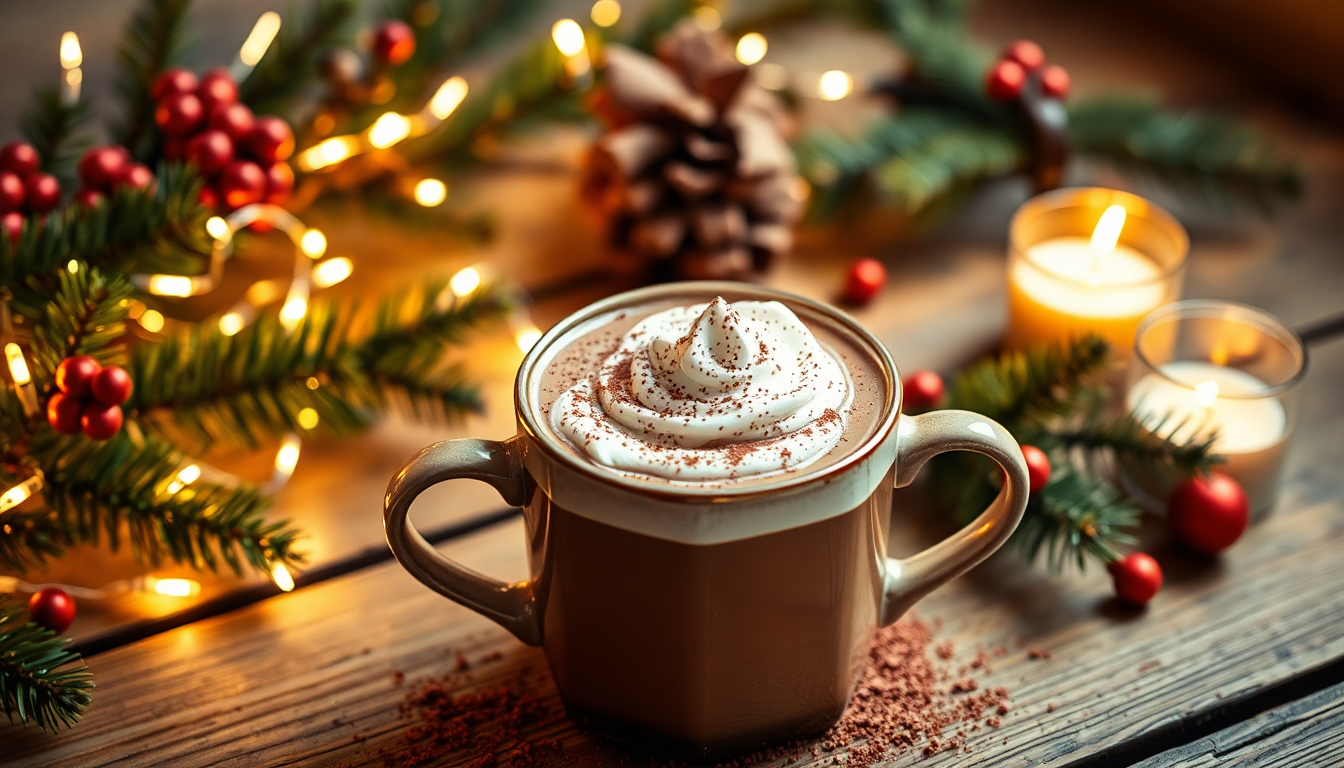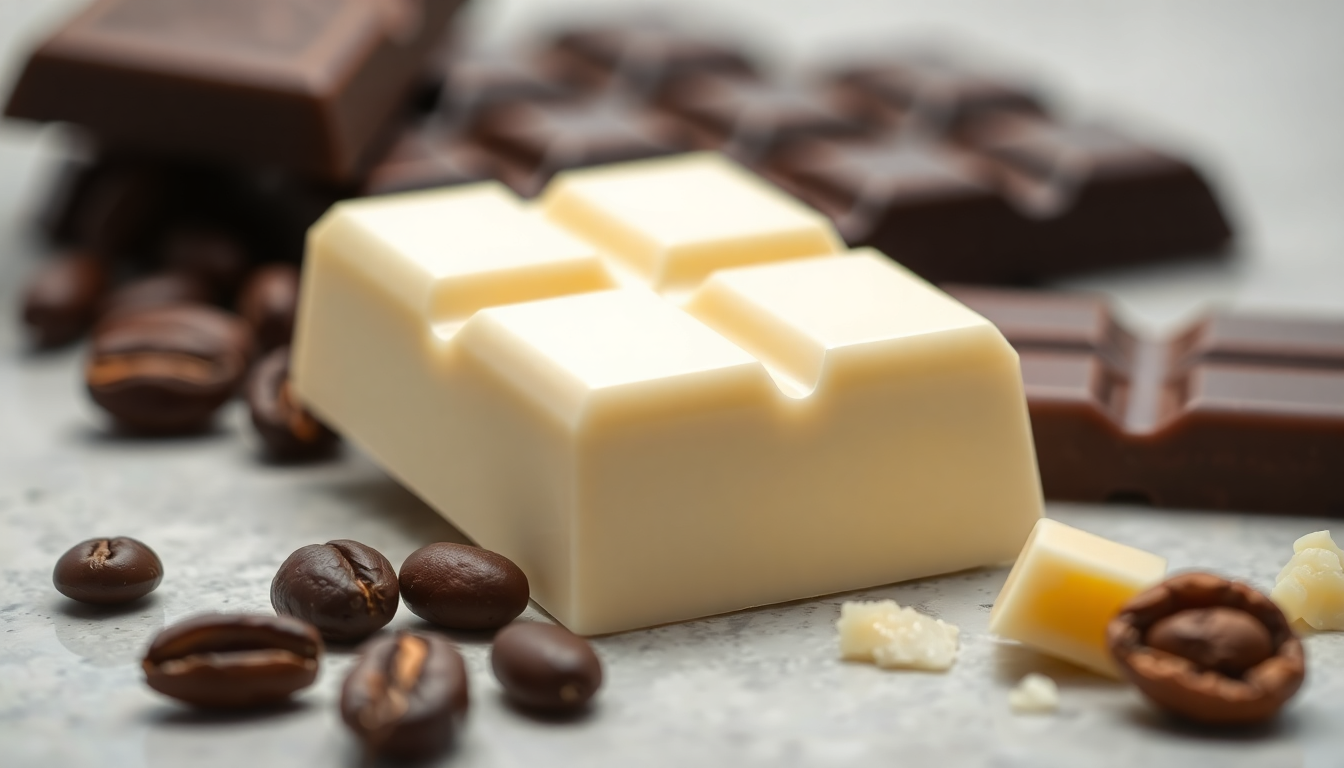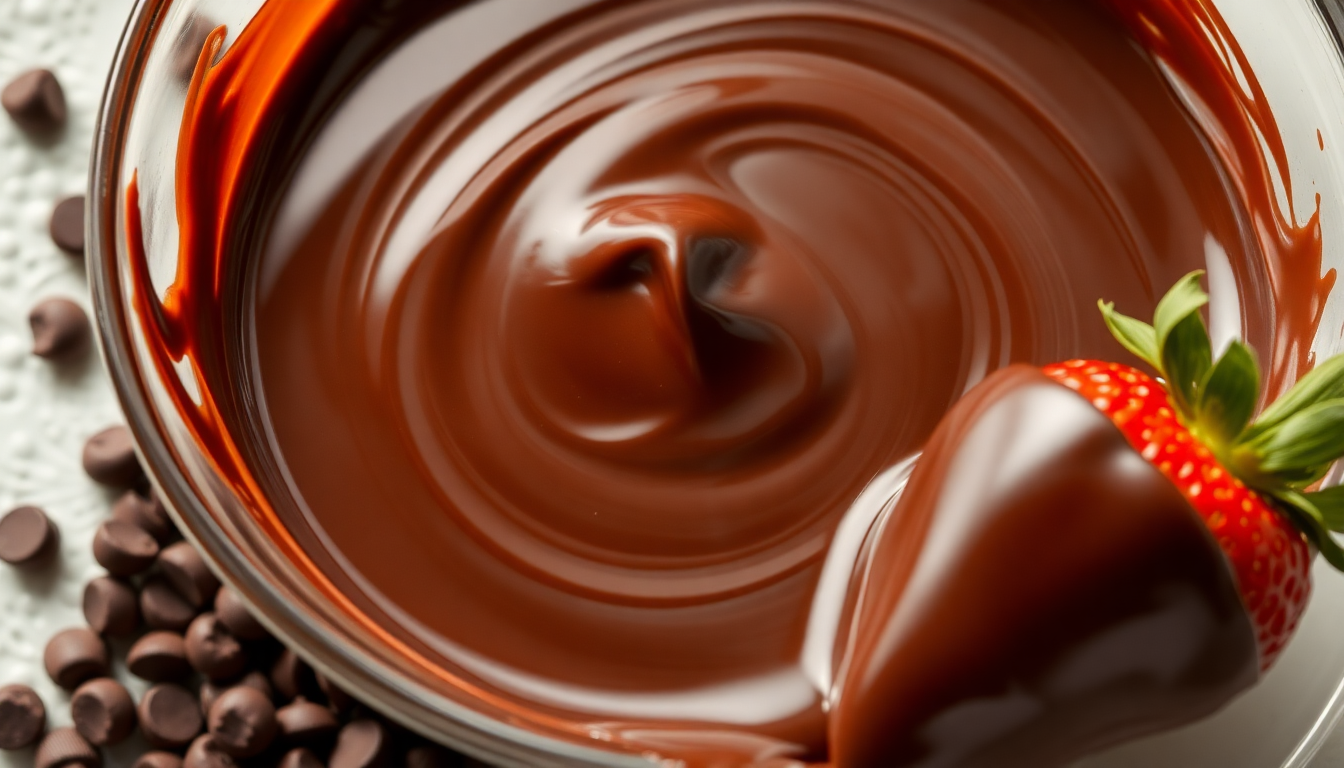
Why Hot Chocolate is Popular During Christmas
Hot Chocolate During Christmas: The Beloved Holiday Tradition
The Ancient Origins of a Modern Comfort
Hot chocolate has a rich history that stretches back thousands of years, beginning as a sacred beverage in ancient Mesoamerican civilizations. The journey of this comforting drink from ancient ritual to holiday staple is as rich and complex as the beverage itself.
Around 500 BC, the Mayans created the earliest version of hot chocolate, though it was quite different from what we enjoy today. They made a frothy, bitter concoction by mixing ground cocoa seeds with water, cornmeal, and chili peppers. This drink was considered sacred and was consumed during important ceremonies, reflecting its cultural significance even in its earliest form.
When Spanish explorers first encountered chocolate in the early 1500s, they brought this intriguing discovery back to Europe. The European palate preferred a sweeter taste, so sugar and milk were added to the bitter cocoa, transforming it into something more recognizable as the hot chocolate we know today. Sir Hans Sloane, an Irish doctor, is often credited with being the first to add milk to drinking chocolate in the late 1700s, creating a more palatable version that quickly gained popularity.
How Hot Chocolate Became a Christmas Tradition
The association between hot chocolate and Christmas evolved gradually over centuries, intertwining with cultural practices, practical needs, and clever marketing.
Warmth in Winter's Chill
Perhaps the most obvious reason for hot chocolate's Christmas connection is purely practical: it provides warmth and comfort during the coldest, darkest time of year. In the Northern Hemisphere, where many Christmas traditions originated, December marks the winter solstice and some of the year's shortest, coldest days. A steaming cup of hot chocolate offers both physical warmth and psychological comfort during this season.
Our bodies naturally crave high-calorie, sweet foods in colder temperatures to help maintain body heat. Hot chocolate, especially when made with whole milk and real chocolate, provides these calories in a deliciously satisfying form. The combination of warmth, sweetness, and richness makes it perfectly suited for winter consumption.
Luxury and Indulgence
For centuries, chocolate was a luxury item available only to the wealthy. By the time Christmas evolved into a major gift-giving holiday in the 19th century, chocolate had become more accessible but still retained its association with luxury and special occasions. Christmas, as a time of celebration and indulgence, became a natural pairing for hot chocolate consumption.
The drink's rich, velvety texture and decadent taste align perfectly with the festive spirit of Christmas. The indulgence of hot chocolate feels appropriate during a season when many people relax their dietary restrictions and enjoy special treats. It represents a small luxury that nearly everyone can afford, making it a democratic indulgence during the holidays.
Childhood Nostalgia and Family Traditions
For many people, hot chocolate carries strong associations with childhood memories. Many adults recall drinking hot chocolate after winter activities like sledding or ice skating, or as a special treat on Christmas Eve. These positive early experiences create powerful nostalgic connections that continue into adulthood.
Families often develop their own hot chocolate traditions around Christmas. Whether it's leaving a mug out for Santa alongside cookies, enjoying it while decorating the tree, or serving it after Christmas dinner, these rituals strengthen the association between hot chocolate and the holiday season. As these traditions pass through generations, the link between Christmas and hot chocolate is continuously reinforced.
Pop Culture and Marketing Influence
The portrayal of hot chocolate in Christmas-themed books, movies, and television has cemented its place as a holiday staple. From "The Polar Express" with its famous hot chocolate scene to countless holiday movies featuring characters enjoying the beverage, media representations have strengthened the cultural connection between hot chocolate and Christmas.
Marketing efforts have also played a significant role. Companies producing cocoa products often increase their advertising during the winter months, frequently featuring hot chocolate in Christmas-themed commercials and packaging. Limited-edition holiday flavors and gift sets further emphasize hot chocolate as a seasonal product associated specifically with Christmas. The availability of instant hot chocolate mixes since the 1960s has made it increasingly accessible and convenient, boosting its popularity as a quick comfort drink during busy holiday seasons.
The Psychology Behind Our Hot Chocolate Cravings
The appeal of hot chocolate during Christmas goes beyond tradition and marketing—it actually affects our brain chemistry and emotional state in ways that align perfectly with the holiday spirit.
The Science of Comfort and Joy
Hot chocolate delivers a powerful combination of compounds that influence our mood and feelings of well-being. Chocolate contains small amounts of caffeine and theobromine, mild stimulants that can enhance alertness and mood. More significantly, chocolate triggers the release of endorphins and serotonin in our brains, natural compounds that create feelings of pleasure and contentment.
The physical experience of holding a warm mug activates areas of the brain associated with feelings of trust and bonding. Research has shown that simply holding something warm can make people feel more generous and connected to others—perfect emotions for the Christmas season of giving and togetherness.
A Multisensory Experience
Hot chocolate engages all our senses: the aroma of chocolate and spices, the sight of steam rising from a festive mug, the sound of stirring, the feeling of warmth in our hands, and of course, the rich taste. This multisensory experience creates a fully immersive moment of pleasure that can temporarily transport us away from stress or worries.
During Christmas, when many people experience heightened emotions or stress, hot chocolate provides a simple moment of sensory pleasure and calm. The act of preparing and enjoying hot chocolate can serve as a mindful ritual that encourages us to pause and be present, offering a respite from holiday preparations and responsibilities.
Sugar, Dopamine, and Winter Cravings
Our bodies are genetically programmed to love sugar, with glucose serving as the primary fuel for our brains. When we consume sweet foods like hot chocolate, our brains release dopamine, creating a natural reward response. In winter, we often crave higher-calorie foods to help maintain body temperature, making sweet hot chocolate particularly appealing during the Christmas season.
The combination of sugar, fat (from milk), and chocolate creates a powerfully satisfying experience that temporarily boosts mood—something many people welcome during the darker winter months. This biological response helps explain why hot chocolate feels so appropriate and satisfying during the Christmas season.
Hot Chocolate Christmas Traditions Around the World
While hot chocolate is enjoyed globally during Christmas, many cultures have developed their own unique traditions and variations of this beloved beverage.
European Traditions
In Spain, hot chocolate is traditionally served with churros during the Christmas season. Spanish hot chocolate is notably thick, almost pudding-like in consistency, and is often made with high-quality dark chocolate and cornstarch for additional thickness.
French hot chocolate, known as chocolat chaud, emphasizes quality and richness. Made with real dark chocolate melted into cream and milk, it creates a luxurious, less sweet beverage that showcases the natural depth of chocolate flavor. During Christmas, it's sometimes enhanced with a splash of rum for holiday warmth.
In Vienna, Austria, hot chocolate is elevated to an art form. Viennese hot chocolate is typically topped with a generous dollop of whipped cream and served alongside a glass of water to cleanse the palate. During Christmas markets, it's often infused with cinnamon, vanilla, or even rum for a festive twist.
The Netherlands has a unique Christmas chocolate tradition involving letter-shaped chocolates called "chocoladeletters." While not a beverage, these chocolate letters (representing the recipient's first initial) are a beloved Dutch tradition during the Sinterklaas celebration in early December, which kicks off their holiday season.
South American Traditions
In Peru, hot chocolate has a fascinating Christmas tradition—it's only consumed during the holiday season! Peruvians typically avoid drinking hot chocolate during other times of the year, making it a special Christmas-exclusive treat. What makes this tradition particularly interesting is that Christmas falls during the summer in Peru, yet the tradition of warm hot chocolate persists. Peruvian hot chocolate is typically made by melting dark chocolate with milk, sometimes enhanced with spices like cinnamon and cloves.
Colombian hot chocolate features a unique surprise—cheese! Traditional Colombian hot chocolate is often served with mild white cheese that's either dropped into the cup to melt slightly or served on the side for dipping. The salty-sweet combination creates a delightful contrast that's particularly enjoyed during Christmas gatherings.
Mexican hot chocolate brings a spicy dimension to the holiday drink. Made with discs of sweet chocolate mixed with cinnamon and sometimes chili peppers, Mexican hot chocolate is whisked with a traditional wooden tool called a molinillo to create a frothy texture. During Christmas, it's often served with tamales as part of holiday celebrations.
North American Traditions
In the United States and Canada, hot chocolate has become synonymous with winter activities and Christmas traditions. The North American version tends to be sweeter than European counterparts and is often topped with marshmallows or whipped cream. Christmas movie nights, tree decorating, and post-sledding warm-ups typically involve mugs of hot chocolate, establishing it as a cornerstone of North American Christmas traditions.
Holiday-flavored varieties like peppermint, gingerbread, or salted caramel hot chocolate appear in coffee shops and homes during the Christmas season, reflecting both traditional flavors and modern trends. These special seasonal offerings help mark hot chocolate as a particular Christmas treat rather than just a winter beverage.
The Evolution of Hot Chocolate: From Ancient Ritual to Holiday Staple
Hot chocolate has undergone remarkable transformation throughout history, evolving from a bitter ceremonial drink to the sweet comfort beverage we associate with Christmas today.
The Democratization of Hot Chocolate
For most of its European history, hot chocolate remained a luxury accessible only to the wealthy. However, the industrial revolution and advances in food processing gradually democratized this once-exclusive drink. The invention of powdered cocoa in the 1820s by Dutch chemist Coenraad Johannes van Houten made hot chocolate more affordable and easier to prepare.
The introduction of instant hot chocolate mixes in the mid-20th century further revolutionized accessibility. As noted in historical accounts, "Instant cocoa, as it was called then, was invented by Miss Swiss in the sixties. This democratised hot chocolate, meaning anyone could make it without breaking the bank by buying legit chocolate and melting it." This accessibility helped transform hot chocolate from an occasional luxury to an everyday winter comfort drink, especially during the Christmas season.
The Modern Renaissance
Today, we're experiencing a renaissance in hot chocolate appreciation. While instant varieties remain popular for convenience, there's been a resurgence of interest in artisanal hot chocolate made with high-quality ingredients. Specialty cafés offer gourmet versions with single-origin chocolates, house-made marshmallows, and creative flavor combinations that elevate the humble hot chocolate to a sophisticated indulgence.
The Christmas season sees an explosion of limited-edition and holiday-themed hot chocolate offerings in cafés and grocery stores. From gingerbread and peppermint to more adventurous flavors like orange-cranberry or chili-spiced chocolate, these seasonal variations reinforce hot chocolate's status as a special Christmas treat.
Home cooks are also experimenting with hot chocolate recipes, creating "hot chocolate bombs" (spheres of chocolate filled with marshmallows and cocoa mix that melt in hot milk), hot chocolate charcuterie boards, and other Instagram-worthy presentations that turn the preparation and serving of hot chocolate into a festive event itself.
Creating Your Own Hot Chocolate Christmas Traditions
Whether you're continuing family customs or starting new ones, hot chocolate offers delicious opportunities to create memorable Christmas traditions.
Crafting the Perfect Cup
The foundation of any great hot chocolate tradition is, of course, the hot chocolate itself. Whether you prefer a quick instant mix or a laboriously crafted gourmet version, finding your perfect recipe is key. Consider experimenting with different types of chocolate, milk alternatives, or flavor additions to create a signature family hot chocolate recipe.
For a richer experience, try using chopped high-quality chocolate instead of cocoa powder. Dark, milk, and white chocolate all offer different flavor profiles, and can be combined for complexity. Adding spices like cinnamon, nutmeg, or cardamom brings warmth, while extracts like vanilla or peppermint add aromatic notes that complement the chocolate beautifully.
Don't forget the toppings! Homemade whipped cream, marshmallows, chocolate shavings, candy canes, or even a sprinkle of sea salt can transform a simple cup of hot chocolate into a special treat. For adult versions, consider adding a splash of liqueur—peppermint schnapps, Irish cream, or orange liqueur are festive choices.
Building Memories Around Hot Chocolate
Consider establishing specific occasions for enjoying hot chocolate during the Christmas season. It might be served after decorating the tree, while watching a favorite holiday movie, or as part of Christmas Eve traditions. These consistent associations help build meaningful memories that strengthen over time.
Creating a hot chocolate bar for holiday gatherings allows each person to customize their drink, making it a interactive experience rather than just a beverage. Stock it with different types of chocolate, flavored syrups, spices, and toppings for a festive activity that appeals to all ages.
For families with children, hot chocolate can become part of magical Christmas traditions—perhaps as the beverage left for Santa alongside cookies, or served in special mugs on Christmas morning before opening presents. These small but meaningful rituals create cherished childhood memories that often continue into adulthood.
Sharing the Warmth with Others
Hot chocolate makes a wonderful gift that extends the warmth of Christmas traditions to friends and neighbors. Homemade hot chocolate mix in decorated jars, gourmet hot chocolate sticks, or hot chocolate bombs can be thoughtful, affordable presents that share your favorite tradition with others.
Consider hosting a hot chocolate gathering during the Christmas season, either as an open house event where friends can stop by for a warm cup, or as part of a cookie exchange or caroling activity. Hot chocolate naturally creates an atmosphere of comfort and welcome that enhances holiday socializing.
For those looking to give back during the Christmas season, volunteering to serve hot chocolate at community events or to homeless populations can be a meaningful way to share warmth with those who might need it most during the winter months.
Conclusion: The Timeless Appeal of Christmas Hot Chocolate
Hot chocolate's journey from ancient ceremonial drink to beloved Christmas tradition reflects its remarkable ability to adapt while maintaining its essential appeal. What began as a bitter, spicy beverage enjoyed by Mesoamerican nobility has evolved into countless variations across cultures, yet always retains its core qualities of comfort, warmth, and indulgence.
The connection between hot chocolate and Christmas seems destined to endure. In a holiday season often characterized by a blend of excitement and stress, hot chocolate offers a moment of simple pleasure—a warm mug cradled in cold hands, the rich aroma of chocolate, and the sweet taste that triggers feelings of contentment and nostalgia.
Whether enjoyed alone in quiet reflection or shared with loved ones during festive gatherings, hot chocolate embodies many of the values we associate with the Christmas season: comfort, generosity, tradition, and simple joys. As we continue to pass down hot chocolate traditions and create new ones, this beloved beverage will remain an integral part of Christmas celebrations worldwide, connecting us not only to our own memories and family customs but to a global tradition that spans centuries.
In a world of changing holiday trends, hot chocolate stands as a testament to the enduring power of simple pleasures—proving that sometimes the most meaningful traditions are found not in grand gestures, but in a humble mug of warm chocolate, lovingly prepared and joyfully shared during the most wonderful time of the year.

Claire Bennett
I'm Claire, a chocolate lover and artisan based in a small town where I run a tiny home kitchen dedicated to exploring everything chocolate. From single-origin dark bars to creamy ganache and handmade truffles, I find joy in working with all types of chocolate. I believe chocolate has a story, and I love bringing that story to life through humble, heartfelt creations.



Leave a comment
This site is protected by hCaptcha and the hCaptcha Privacy Policy and Terms of Service apply.